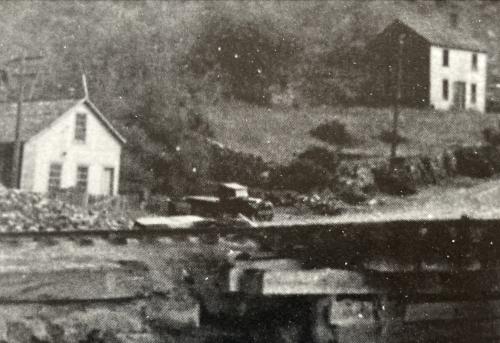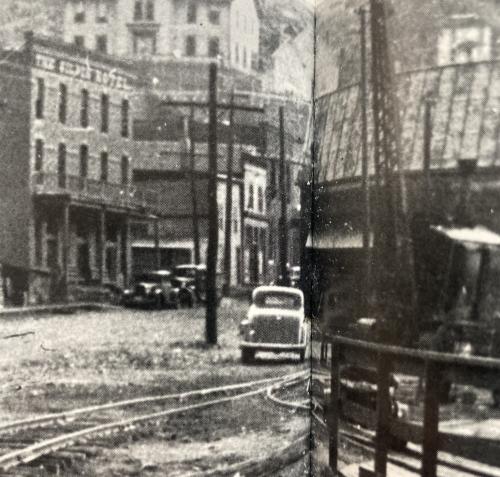Re: Draft Layout Plans: Black Hawk C&S / Gilpin Tram
Posted by drgwcs on Mar 05, 2025; 5:26pm
URL: http://c-sng-discussion-forum.254.s1.nabble.com/Draft-Layout-Plans-Black-Hawk-C-S-Gilpin-Tram-tp20518p20546.html
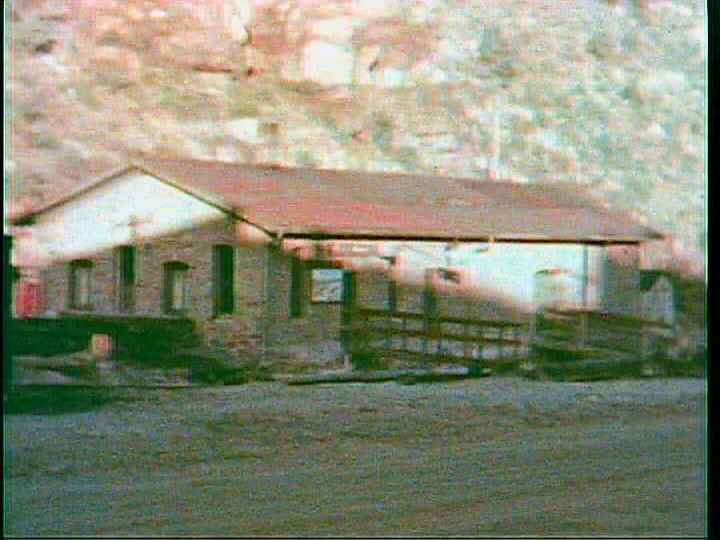
The valuation photo dating I assumed to be correct, just for the fact you would think at least it would be correctly dated?? Some of the wood at the station does look newer but in B&W it is hard to tell. The angle does not show if there is a contrast to the older wood. Do we know why the C&S did the valuation- for abandonment, taxes, road construction etc? The presence of the crane in one shot is also interesting. It is however definitely not the same one that was in the placer mining pit later- the boom is different. I haven't compared it to the road construction ones yet.
The cars would be pretty key- the problem with cars of this era is that they are lot like the modern SUV's they all look very similar. The one by the side of the boiler works is the newest. The fuzzyness of the closeup makes it really hard to tell the specific model. Then there was the fact the body styles continued for 3-4 years with minor front end changes.
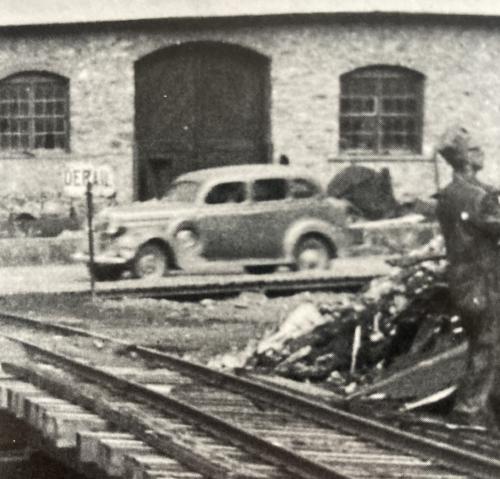
However- there were some pretty major changes across all the manufacturers that happened about 1935-36. 34 Fords GM's and Chrysler's are pretty blocky in their windshields and to a lesser extent in the contours in the back. In 35 Ford started rounding out around the windshield and 36 got even more rounded. In 36 GM introduced much more rounded body styles. These continued till 39 (My dad had a Chevy Humpback coupe that was a 39 that was identical to the 37 except some minor grill changes) Plymouth rounded out in 35 and 35, Chrysler in 36 with the airstream. The minor makes lagged a bit. The car is definitely mid 30' and above although from the picture we are not going to identify the specifics. It does however look more GM. The Chevys Pontiacs and Buicks used similar style bodies. Another thing to note is that the car appears to have a turret top (sold rather than a fabric insert) This was introduced by GM in 1935- Ford and Plymouth followed suit in 1936 and 37.
37 Buick
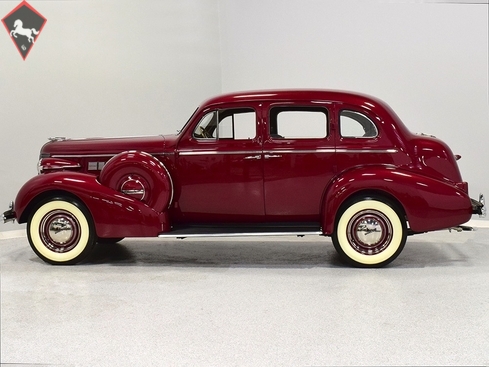
35 Buick for comparison- pretty big difference in style and has the roof insert
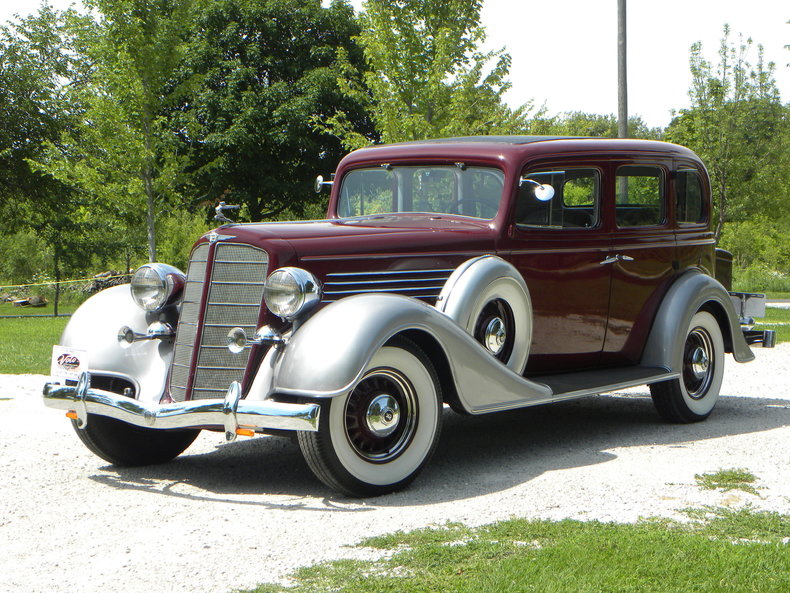
Not sure everything will ever get a definitive answer.
URL: http://c-sng-discussion-forum.254.s1.nabble.com/Draft-Layout-Plans-Black-Hawk-C-S-Gilpin-Tram-tp20518p20546.html
Yea there is a reason I shifted my date earlier......although with some of the structures not early enough. This era is rather confusing- Machines of Iron has a still of the depot with the ramps in color but it is not dated. The color is pretty bad and grainy. There are however in this and at least a couple of others big beams on the platform. These could either be ties or lumber to rebuild the flume. It would make more sense to unload ties closer to where they would be needed.

The valuation photo dating I assumed to be correct, just for the fact you would think at least it would be correctly dated?? Some of the wood at the station does look newer but in B&W it is hard to tell. The angle does not show if there is a contrast to the older wood. Do we know why the C&S did the valuation- for abandonment, taxes, road construction etc? The presence of the crane in one shot is also interesting. It is however definitely not the same one that was in the placer mining pit later- the boom is different. I haven't compared it to the road construction ones yet.
The cars would be pretty key- the problem with cars of this era is that they are lot like the modern SUV's they all look very similar. The one by the side of the boiler works is the newest. The fuzzyness of the closeup makes it really hard to tell the specific model. Then there was the fact the body styles continued for 3-4 years with minor front end changes.

However- there were some pretty major changes across all the manufacturers that happened about 1935-36. 34 Fords GM's and Chrysler's are pretty blocky in their windshields and to a lesser extent in the contours in the back. In 35 Ford started rounding out around the windshield and 36 got even more rounded. In 36 GM introduced much more rounded body styles. These continued till 39 (My dad had a Chevy Humpback coupe that was a 39 that was identical to the 37 except some minor grill changes) Plymouth rounded out in 35 and 35, Chrysler in 36 with the airstream. The minor makes lagged a bit. The car is definitely mid 30' and above although from the picture we are not going to identify the specifics. It does however look more GM. The Chevys Pontiacs and Buicks used similar style bodies. Another thing to note is that the car appears to have a turret top (sold rather than a fabric insert) This was introduced by GM in 1935- Ford and Plymouth followed suit in 1936 and 37.
37 Buick

35 Buick for comparison- pretty big difference in style and has the roof insert

Not sure everything will ever get a definitive answer.
Jim Curran
| Free forum by Nabble | Edit this page |
